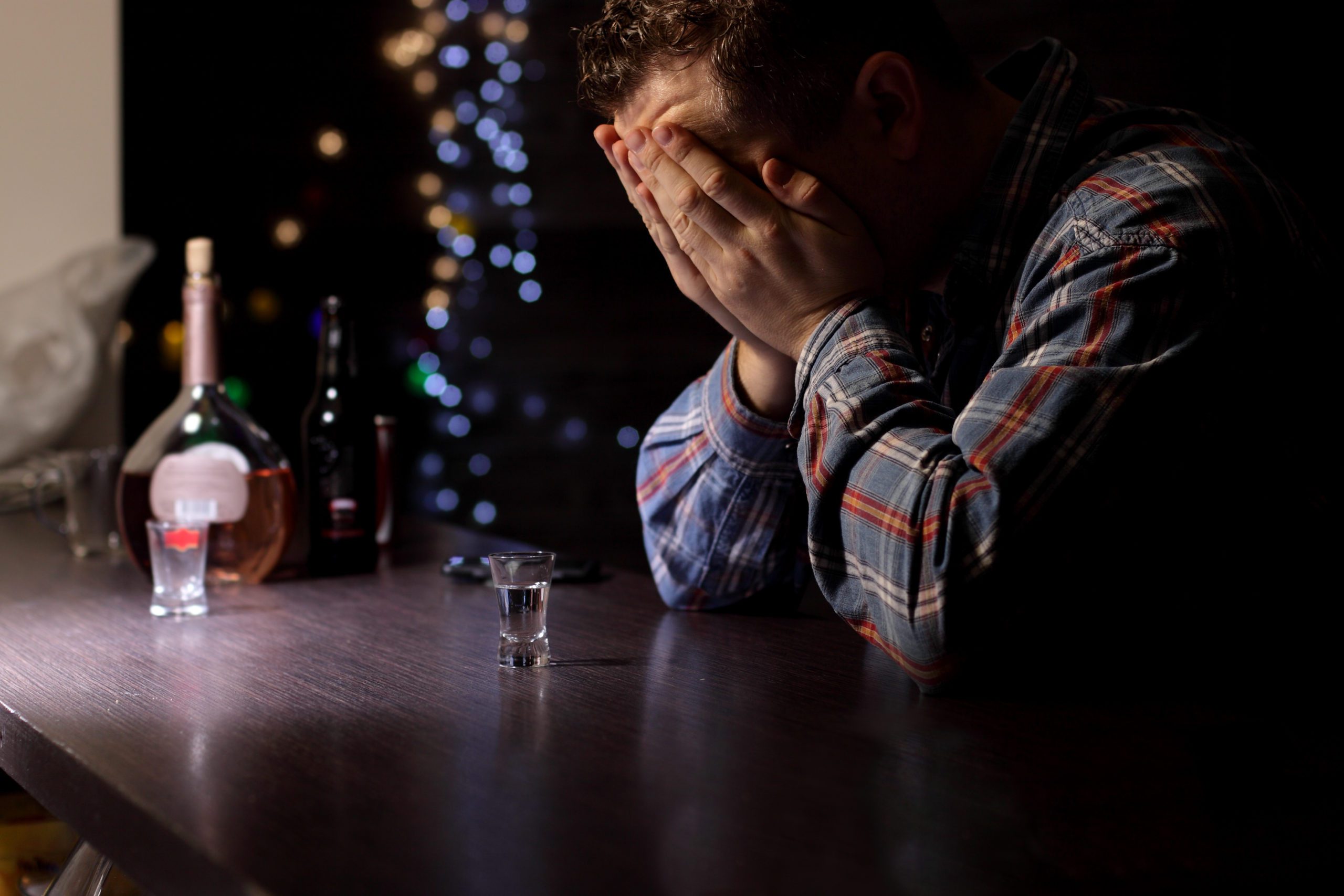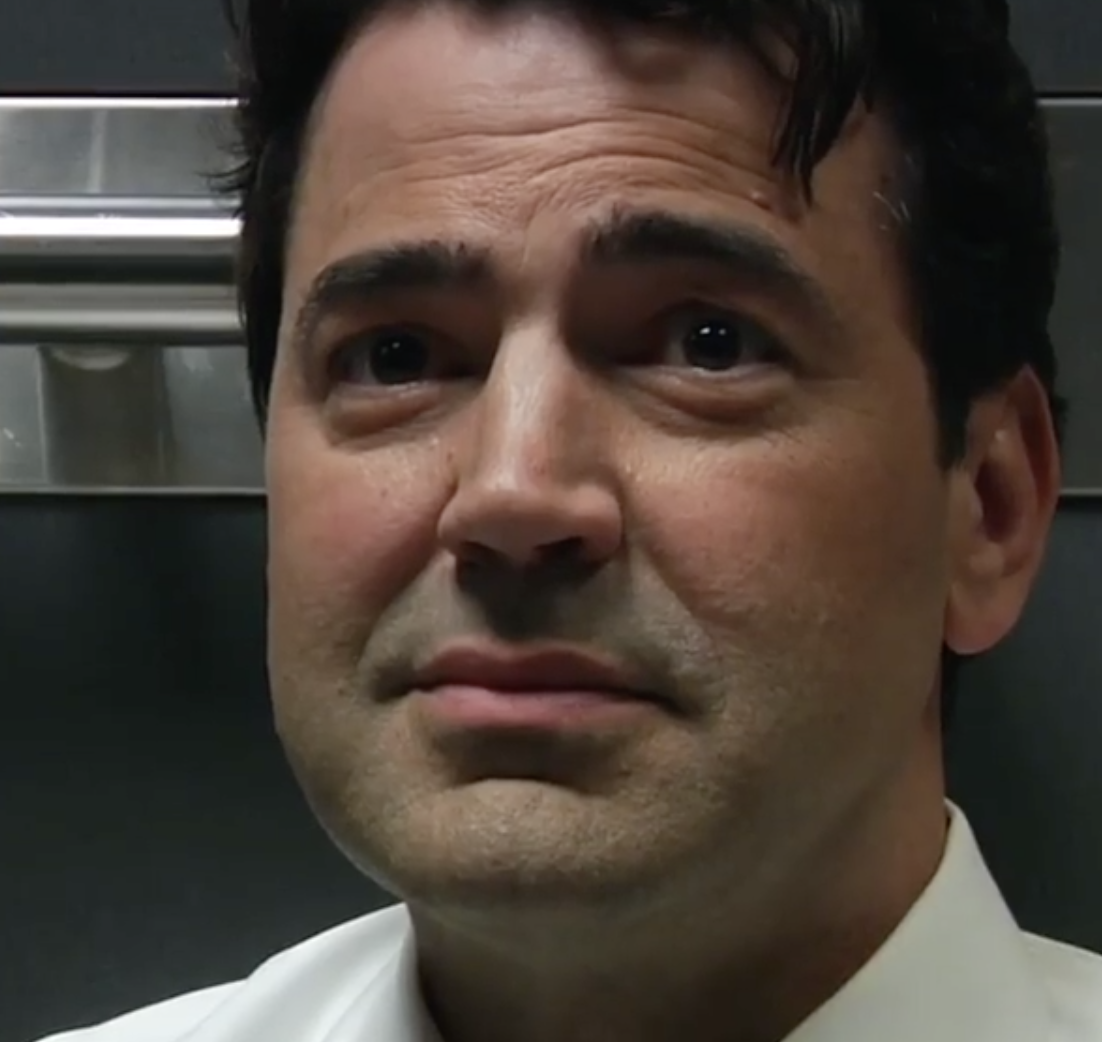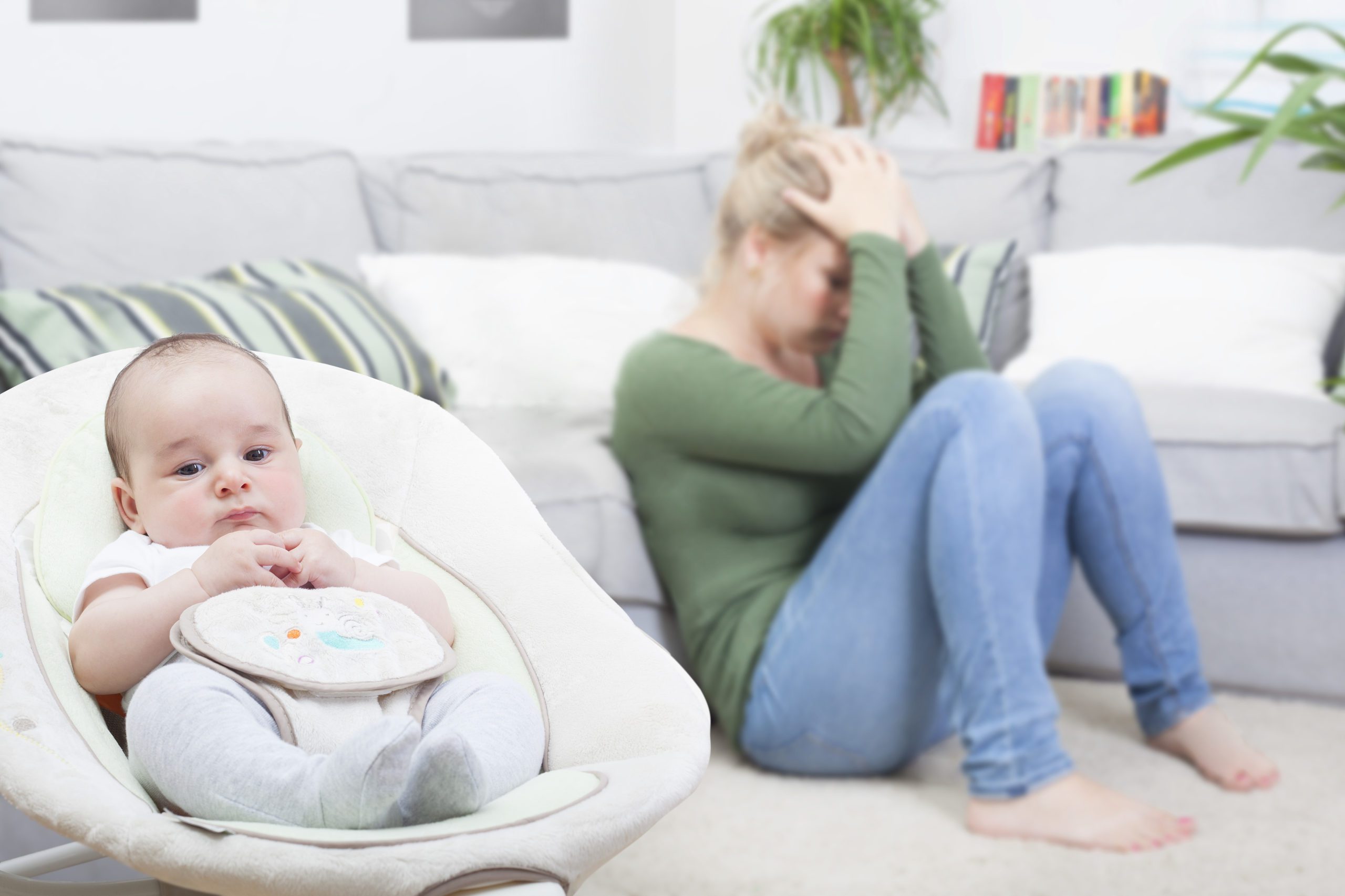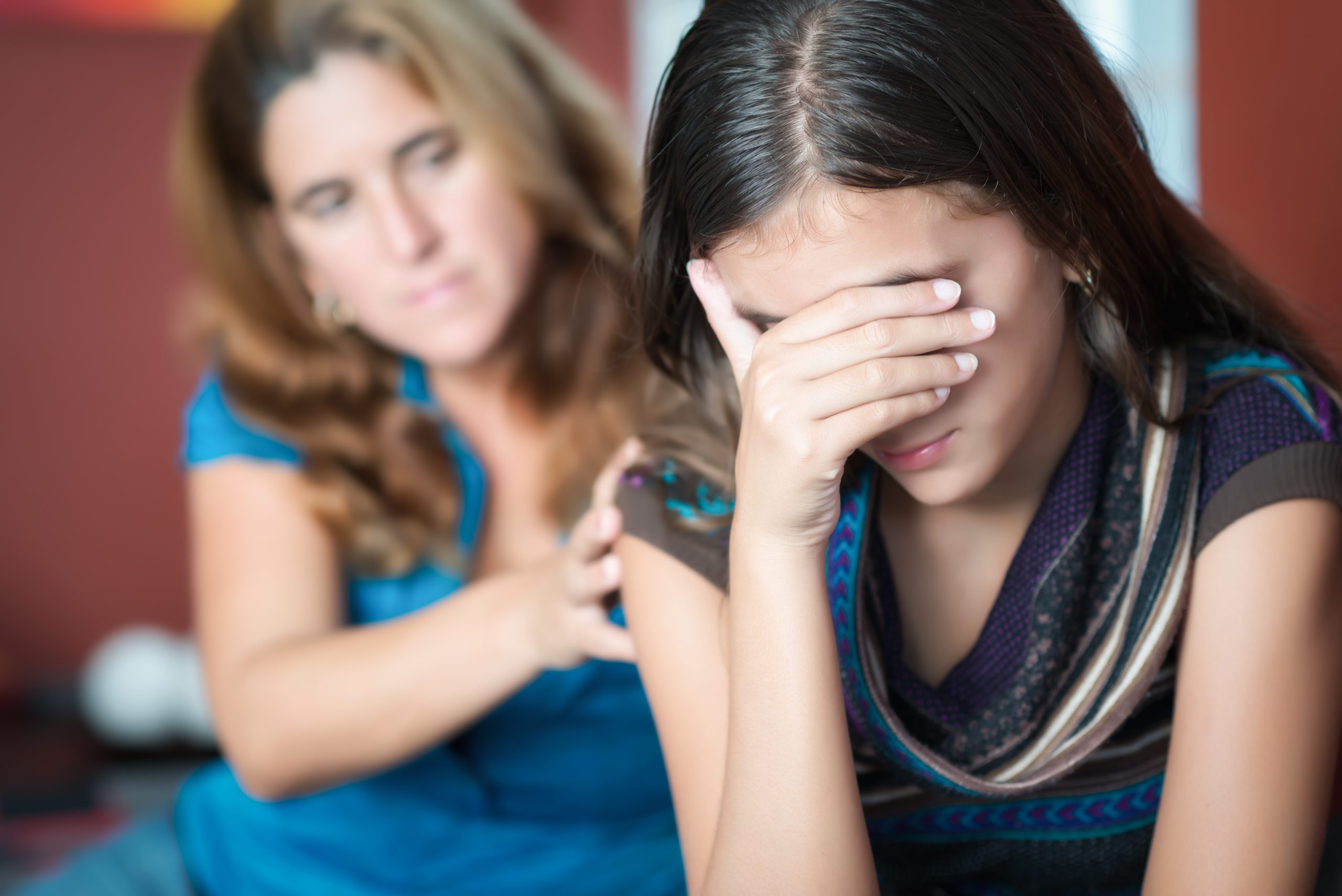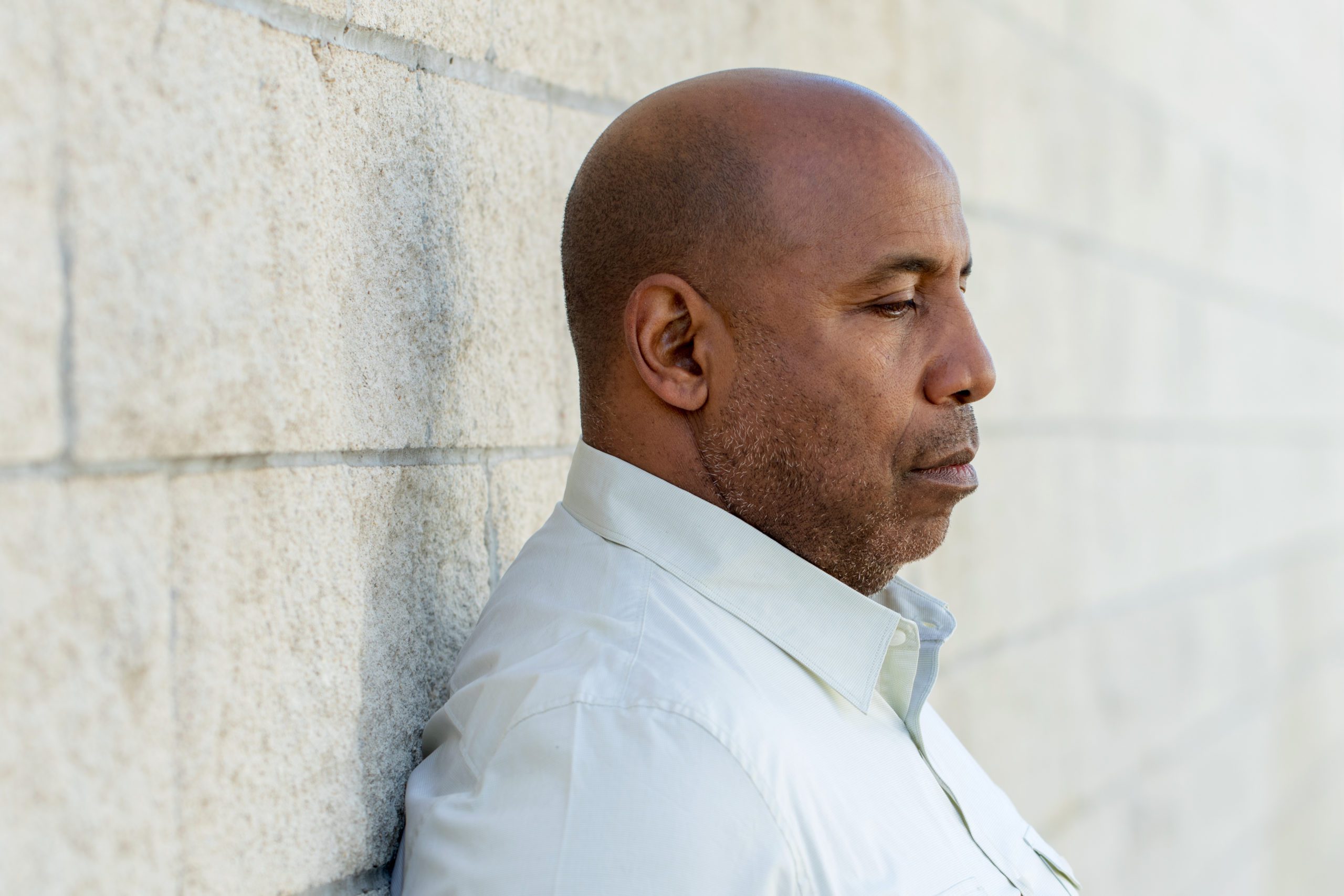We all know about the healing power of music. Finding solace in a song lyric or a classical orchestra can very therapeutic, especially when dealing with issues like addiction, anxiety or grief. And that goes for the Top 40 tracks of today as well. We certainly tip our hat to any contemporary artist who offers comfort in their songs. One, in particular, is the incredibly popular band Imagine Dragons, who just released a new single about coping with depression.
Ironically, the Dragons song “Zero” appears on the soundtrack for a family film. A standout single from the Ralph Breaks The Internet album, it definitely has a upbeat feel. But in reality, it touches upon the mental struggles that many people in this country deal with on a daily basis.
Written and produced by the band themselves, “Zero” reflect some very personal emotions (according to lead singer, Dan Reynolds).
“Zero is a song about somebody who feels empty, who feels like nothing, but continues on and puts a smile on their face,” Reynolds explained to The New York Post. “That’s kind of the theme of my life: a constant battle to find positivity in living and feeling a little empty at times. I’m trying to fill that void.”
Despite having millions of fans and large earnings from album sales and tours, Reynolds admits that he gets down quite often as well. Since the band’s inception, Reynolds has been open about his depression struggles and emphasized that fame and money did not fix the problem. As he mentioned on a recent morning show, it is something he continues to work on.
Interestingly Imagine Dragons purposely chose Ralph as an outlet for the song, particularly because of its themes about the internet and social media. Reynolds and the band want to get the message out that is ok to experience these feelings and people shouldn’t get caught up in the negativity they may encounter online.
“That journey of feeling like nothing and trying to realize and recognize your worth as a human is an important part of life,” Reynolds concluded. “And given the distorted version of reality kids face online and the expectations that come with it, this struggle is real for so many people right now.”
One other unique way that the band is exposing the single is through a colorful new video. It brings out the powerful depression lyrics amid bumpy, eye-grabbing visuals. And clearly, with 22 million views, it appears to be working.
You can watch the full “Zero” video below.


